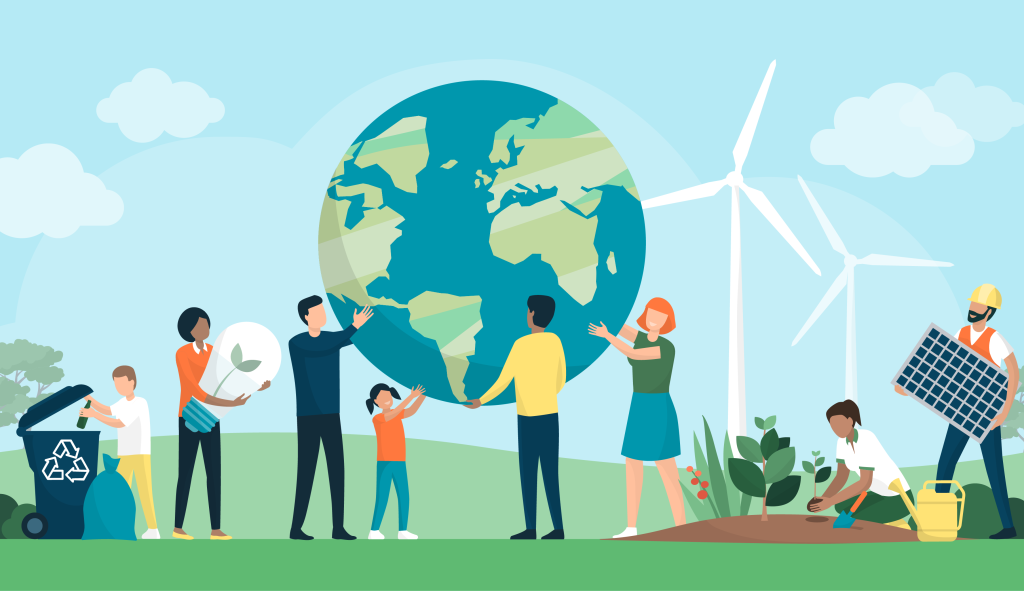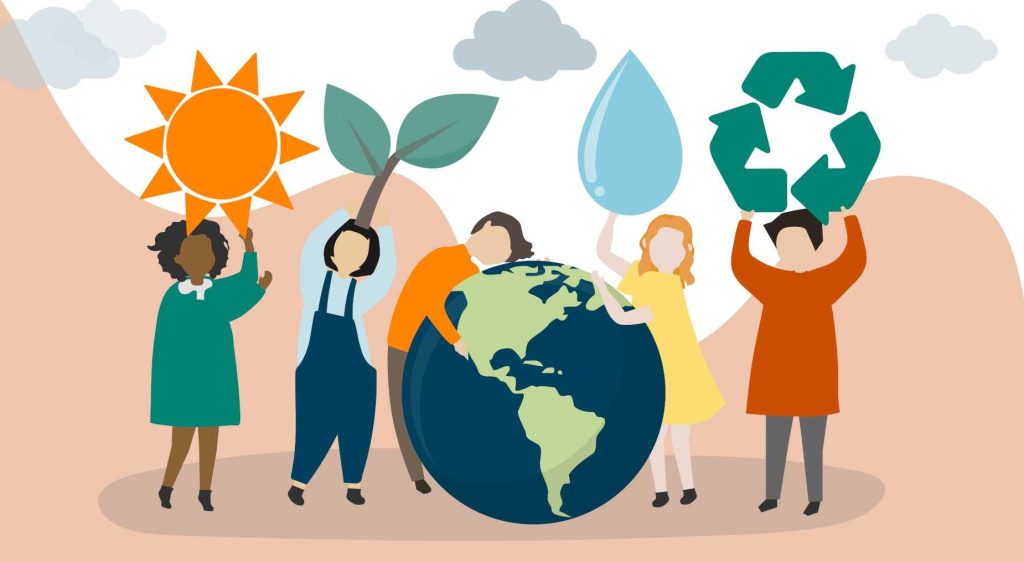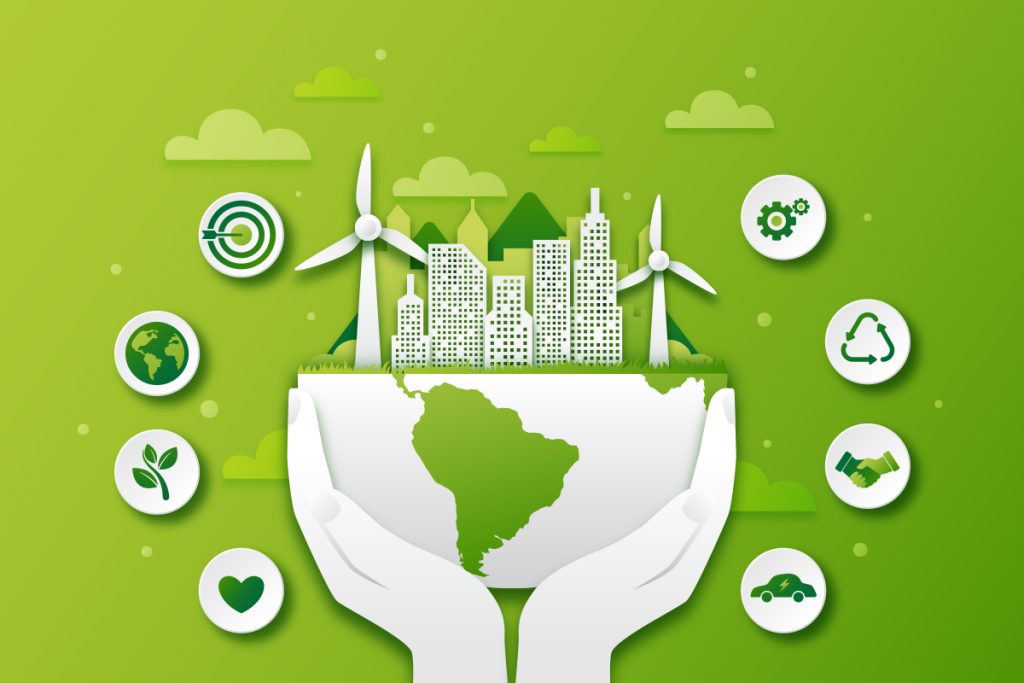The Green Mission: Environmental Restoration Services and Sustainable Development
In the pursuit of sustainable development, environmental restoration services have emerged as a crucial force driving positive change. These services play a pivotal role in addressing environmental challenges, restoring ecosystems, and contributing to the overall well-being of society. Through their green mission, they help pave the way for a more harmonious and resilient future.

One of the primary contributions of environmental restoration services is their ability to reverse environmental degradation. Pollution, habitat loss, and natural disasters can cause significant harm to ecosystems and human communities. Restoration services step in to repair the damage, reestablish balance, and safeguard vital resources such as clean water, fertile soil, and healthy biodiversity.
The impacts of restoration services go beyond ecological health; they extend to economic prosperity. By rehabilitating natural areas, these services support ecotourism, recreation, and other sustainable industries that generate revenue and provide employment opportunities. Thus, they contribute not only to environmental restoration but also to local and regional economies.
Additionally, restoration services are instrumental in climate change mitigation. Ecosystems, when healthy, act as carbon sinks, absorbing greenhouse gases and helping to regulate the climate. Restoration efforts that focus on reforestation, wetland restoration, and soil rehabilitation enhance the carbon storage capacity of landscapes, contributing to global efforts to combat climate change.
Furthermore, the green mission of restoration services aligns with the broader concept of environmental education and awareness. Through their work, these services educate communities about the importance of ecosystem health, the consequences of environmental degradation, and the steps individuals can take to promote sustainability. This knowledge empowers citizens to make informed decisions that protect the environment and enhance overall quality of life.
In conclusion, the green mission of environmental restoration services is pivotal in advancing sustainable development. By reversing environmental damage, fostering economic growth, mitigating climate change, and promoting environmental education, these services are catalysts for positive change that benefit both present and future generations.
Nurturing Nature: Environmental Restoration Services as Cornerstones of Sustainability
Environmental restoration services are at the forefront of nurturing nature back to health, a mission that aligns seamlessly with the principles of sustainability. Their work goes beyond immediate recovery; it encompasses a long-term commitment to restoring ecosystems, conserving biodiversity, and fostering social and economic well-being.
At the heart of their mission is the restoration of ecosystems. Ecosystems provide a wide range of essential services, from purifying water to regulating climate patterns. Restoration services focus on reestablishing the intricate relationships between species, rehabilitating habitats, and reviving the natural processes that maintain ecological balance.
Moreover, these services contribute to the resilience of communities in the face of environmental challenges. Restored ecosystems act as buffers against natural disasters, mitigating the impact of floods, droughts, and storms. By enhancing community resilience, restoration services help societies adapt to changing environmental conditions and reduce vulnerability.
Economic sustainability is another aspect of their contribution. Restoration projects often generate jobs in fields such as habitat restoration, scientific research, and eco-tourism. Additionally, healthy ecosystems support industries like agriculture and fisheries, ensuring a stable food supply and supporting livelihoods.
Furthermore, restoration services promote education and engagement. By involving local communities in restoration projects, they foster a sense of ownership and responsibility for the environment. This engagement extends to educational programs that raise awareness about environmental issues and inspire environmentally conscious behaviors.
In conclusion, the green mission of environmental restoration services is pivotal in achieving sustainability. Their work transcends restoration to encompass ecosystem health, community resilience, economic growth, and education. By nurturing nature, these services lay the foundation for a sustainable future that balances human needs with the well-being of the planet.

Balancing Progress and Preservation: The Role of Environmental Restoration Services in Sustainable Development
Sustainable development necessitates a delicate balance between human progress and the preservation of the environment. In this intricate equation, environmental restoration services play a critical role by bridging the gap between societal growth and ecological conservation. Their efforts contribute to a harmonious coexistence where both nature and society thrive.
One core aspect of their role is rehabilitating degraded landscapes. As urbanization and industrialization expand, ecosystems face unprecedented challenges. Restoration services step in to heal the scars left by human activities, rejuvenating habitats, and creating spaces where wildlife can flourish alongside human communities.
Equally important is their contribution to water management. With water scarcity becoming a global concern, restoration services focus on restoring wetlands, watersheds, and water bodies. By enhancing water quality, improving flood control, and replenishing aquifers, they address both environmental and societal needs.
The green infrastructure approach embraced by restoration services contributes to the development of sustainable urban areas. Instead of replacing nature with concrete, green infrastructure integrates natural elements like parks, green roofs, and permeable surfaces into urban designs. This approach not only enhances aesthetics but also provides ecosystem services, such as air purification and temperature regulation.
Furthermore, restoration services promote social inclusivity and community engagement. By involving local residents in restoration projects, they create opportunities for education, recreation, and community bonding. This approach fosters a sense of responsibility for the environment and encourages active participation in sustainable practices.
In conclusion, the role of environmental restoration services in sustainable development is multifaceted and essential. Through landscape rehabilitation, water management, green infrastructure, and community engagement, they forge a path towards a future where societal progress and environmental preservation harmonize for the greater well-being of both humanity and the planet.
